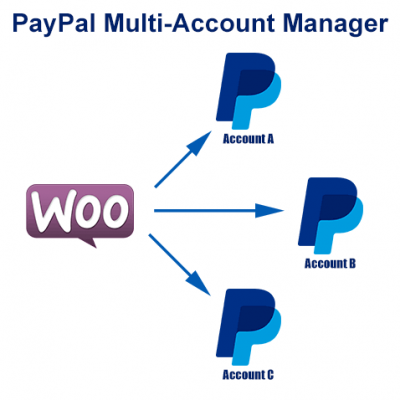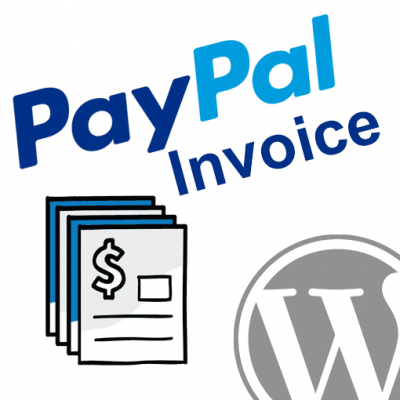Introduction
Technology has allowed for the development of multiple ways through which transactions can take place. One of the oldest and most trusted ways monetary transfers are conducted is through PayPal—a service known for its reliability and safety. The Balance notes how PayPal’s website security and encryption have been developed to effectively keep exchanged information hidden from prying eyes. For added security, the fintech company even offers financial rewards to hackers able to discover vulnerabilities. But of course, despite PayPal’s multifaceted security features, fraud and criminal activities still do occur through various scams.
In this highly connected world where security and privacy are becoming one, cybersecurity is growing increasingly important. Most, if not all, of us, have digital identities that can easily be stolen and inappropriately used if we do not employ the proper precautions. Businesses and corporations are also at great risk, as they are responsible not just for their own data, but for their clients as well. As such, Maryville University shares how the demand for cybersecurity personnel in the United States has practically doubled in the span of six years and will continue to thrive across various industries — including E-commerce. Conducting business through online transactions has already become the new norm. So, it is best for businesses to begin putting a premium on securing their information and taking the necessary steps to protect business and client data. Here are some common PayPal scams and how to prevent them:
Fake Emails
A scammer can take advantage of sellers in PayPal simply by sending a forged email. This email will make the seller believe that a payment has been made to their account. As explained in our post ‘ PayPal Scams – Payment Pending for Shipment Tracking’, in the hopes that the seller will rush to ship an item and provide a shipment tracking number, the scammer will say that PayPal is placing the seller’s funds on hold until an item has been shipped out. By the time the seller realizes that PayPal isn’t withholding any money under their name, the scammer already has already received the item they didn’t pay for.
Phishing Emails
Forbes reported that this style of scamming is a little more sophisticated because emails sent out by fraudsters are convincingly written, brandish the PayPal logo, and are complete with a fine print at the bottom for added credibility. The email will tell you that there is a problem with your PayPal account and that you need to immediately correct it by clicking a ‘log in’ button within the message. This button will then lead you to what seems like a PayPal website but is really just a page that’s set to collect whatever information you enter.
Account Hacking
Once a scammer hacks into a person’s PayPal account (say, for instance, through phishing emails), they can make purchases and send money from the account they’ve taken over. Although a seller may receive a notice of a purchase or an item shipment, it takes a little longer for PayPal to recognize that the transaction was fraudulent and must then be reversed. In some cases, Multichannel Merchant says that PayPal is able to reimburse the owners of hacked accounts once they confirm that the transaction is fraudulent.
How to Prevent PayPal Scams
Fortunately, there are many actionable steps you can take to avoid getting scammed. Here are some of them:
- The easiest way to do this is by making it a habit to never click links from emails, even if the sender seems legit.
- Whenever you have to confirm if your PayPal account has a problem, type the URL in yourself and login to your account only when the address clearly reads https://www.paypal.com.
- Always check your Activity Log and verify that the stated transactions are ones you recognize.
- Click into the details of each transaction and see if they’ve been reflected in your Activity Log. If not, it just means that you didn’t receive a payment, so you shouldn’t be shipping anything out.PayPal is indeed a reliable and safe way to transfer money without having to meet the buyer or the seller in person. However, to make it even safer, users themselves must be wary to avoid getting scammed.
Article made only for angelleye.com
By Alaine Durham
Looking for Live Help?
Schedule a live meeting with Drew Angell, PayPal Certified Developer, and get all of your questions or concerns answered.
Featured PayPal Products and Services
-
PayPal Support
$150.00 -
PayPal for WooCommerce
FREE! -
WooCommerce Multiple PayPal Accounts Plugin
FREE! -
PayPal Shipment Tracking for WooCommerce
$49.99 -
Offers for WooCommerce
$59.99 -
WordPress PayPal Invoice Plugin
$20.00 -
PayPal Webhooks for WordPress
$79.99 -
Sale!
PayPal IPN for WordPress
Original price was: $59.99.$49.99Current price is: $49.99.







